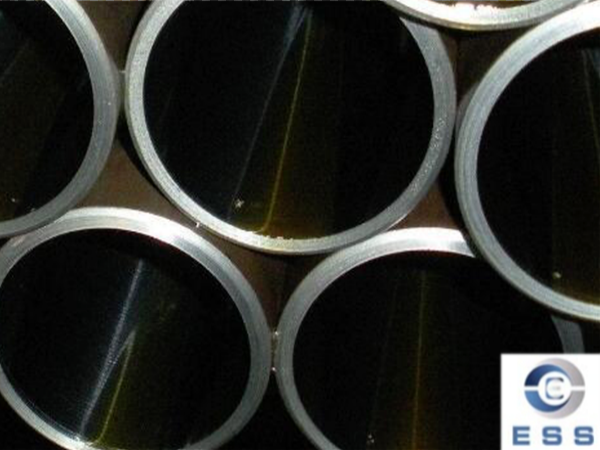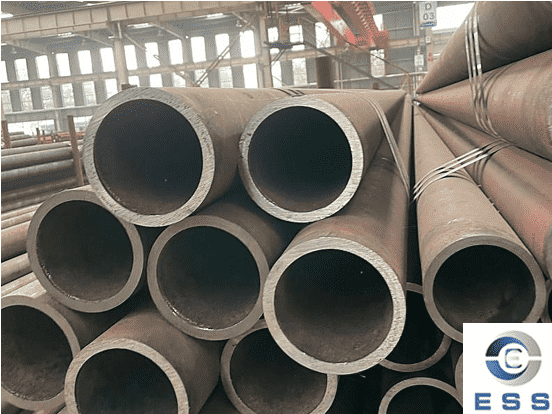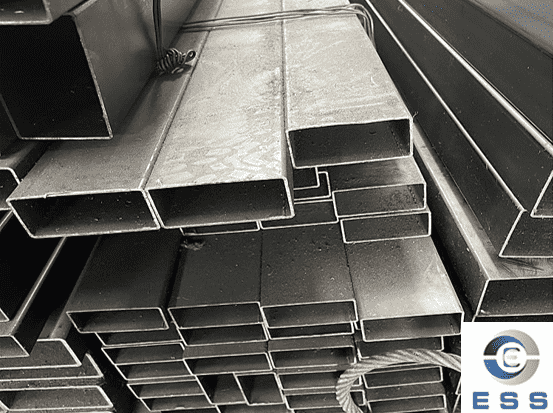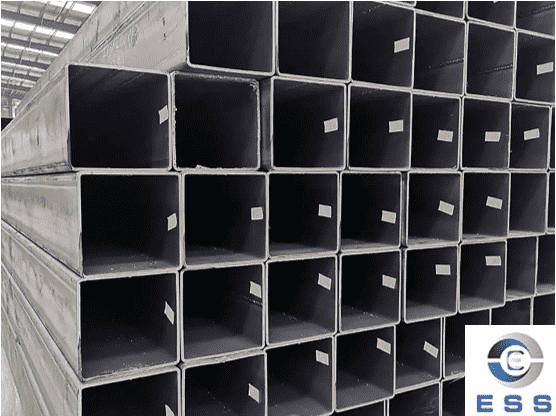Introduction to surface treatment methods of ERW pipes
The surface treatment of EWR pipe is one of the key factors that determine the anti-corrosion service life of the pipeline. It is the prerequisite for whether the anti-corrosion layer and the steel pipe can be firmly combined. It has been verified by research institutions that, in addition to factors such as coating type, coating quality, and construction environment, the surface treatment of steel pipes accounts for about 50% of the impact on the life of the anti-corrosion layer. Therefore, the anti-corrosion layer specifications should be strictly followed. The requirements for the surface of steel pipes are constantly explored and summarized, and the surface treatment methods of steel pipes are constantly improved.

1. Cleaning
Solvents and emulsions are used to clean the steel surface to remove oil, grease, dust, lubricants and similar organic matter. However, it cannot remove rust, scale, flux, etc. on the steel surface, so it is only used as an auxiliary means in anti-corrosion production.
2. Tool rust removal
Mainly use tools such as wire brushes to polish the steel surface to remove loose or lifted scale, rust, welding slag, etc. The rust removal of hand tools can reach Sa2 level, and the rust removal of power tools can reach Sa3 level. If the iron oxide scale is firmly attached to the surface of the steel, the tool rust removal effect will not be ideal and the anchor pattern depth required for anti-corrosion construction will not be achieved.
3. Pickling
Generally, chemical and electrolytic methods are used for pickling treatment. Only chemical pickling is used for pipeline anti-corrosion, which can remove scale, rust, and old coatings. Sometimes it can be used as a reprocessing after sandblasting and rust removal. Although chemical cleaning can achieve a certain degree of cleanliness and roughness on the surface, its anchor lines are shallow and it can easily cause environmental pollution.
4. Spray (throw) rust removal
Spraying (throwing) rust removal uses a high-power motor to drive the spraying (throwing) blades to rotate at high speed, so that abrasives such as steel sand, steel shots, iron wire segments, minerals, etc. can spray (throw) the surface of the steel pipe under the action of centrifugal force. , not only can rust, oxides and dirt be completely removed, but the steel pipe can also achieve the required uniform roughness under the action of violent impact and friction of abrasives.
After spraying (throwing) rust removal, it can not only expand the physical adsorption on the pipe surface, but also enhance the mechanical adhesion between the anti-corrosion layer and the pipe surface. Therefore, spraying (throwing) rust removal is an ideal rust removal method for pipeline anti-corrosion. Generally speaking, shot blasting (sand) rust removal is mainly used for inner surface treatment of pipes, and shot blasting (sand) rust removal is mainly used for outer surface treatment of pipes. Several issues should be paid attention to when using spray (throwing) to remove rust.
Rust removal level
For the construction technology of anti-corrosion coatings such as epoxy, vinyl, and phenolic coatings commonly used for steel pipes, the surface of the steel pipe is generally required to reach near white level (Sa2.5). Practice has proved that using this level of rust removal can remove almost all oxide scale, rust and other dirt, and the depth of the anchor pattern can reach 40~100μm, which fully meets the adhesion requirements between the anti-corrosion layer and the steel pipe. The rust process can achieve near-white level (Sa2.5) technical conditions with lower operating costs and stable and reliable quality.
Spray (throw) abrasive
In order to achieve the ideal rust removal effect, the abrasive should be selected according to the hardness of the steel pipe surface, the original rust degree, the required surface roughness, the coating type, etc. For single-layer epoxy, two-layer or three-layer polyethylene coatings, use The mixed abrasive of steel sand and steel shot is easier to achieve the ideal rust removal effect. Steel shot has the effect of strengthening the steel surface, while steel grit has the effect of etching the steel surface. Mixed abrasives of steel grit and steel shot (usually the hardness of steel shot is 40~50HRC, the hardness of steel grit is 50~60HRC) can be used on various steel surfaces, even on C- and D-class rusted steel surfaces. The rust effect is also very good.













 Eastern Steel Manufacturing Co.,Ltd not only improve product production and sales services, but also provide additional value-added services. As long as you need, we can complete your specific needs together.
Eastern Steel Manufacturing Co.,Ltd not only improve product production and sales services, but also provide additional value-added services. As long as you need, we can complete your specific needs together.










